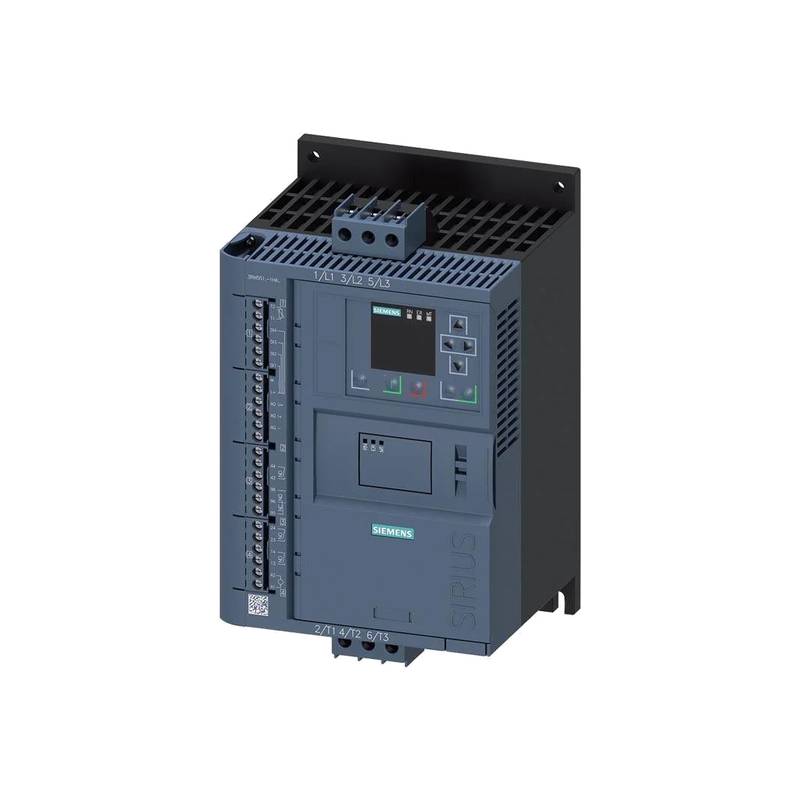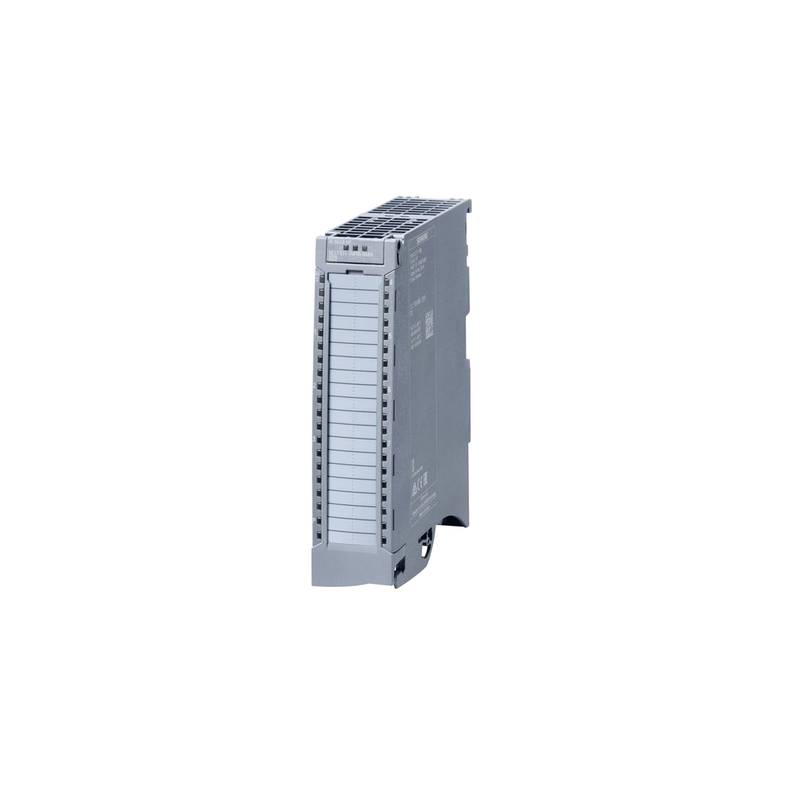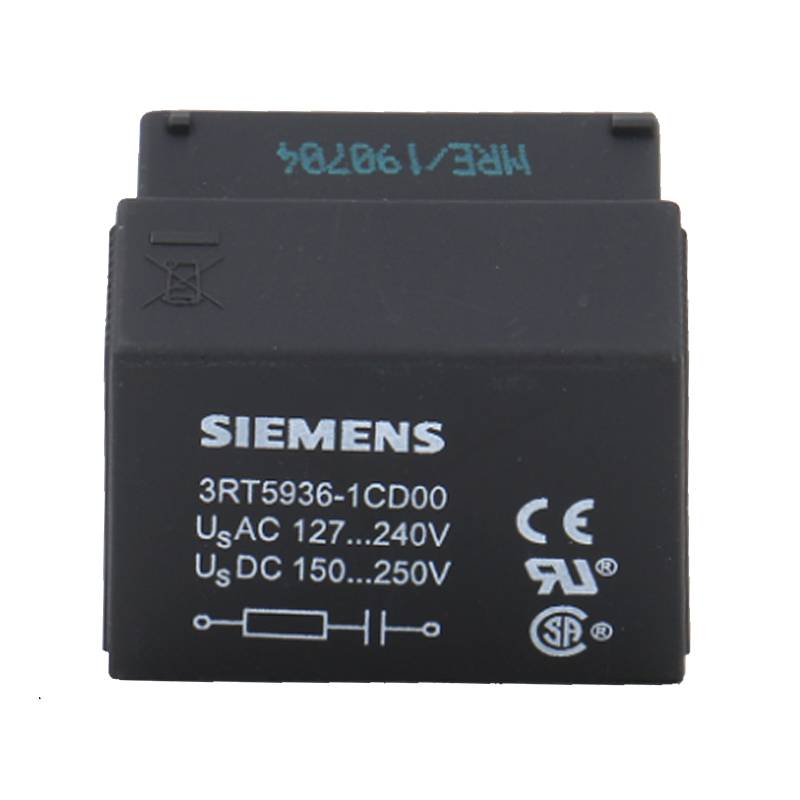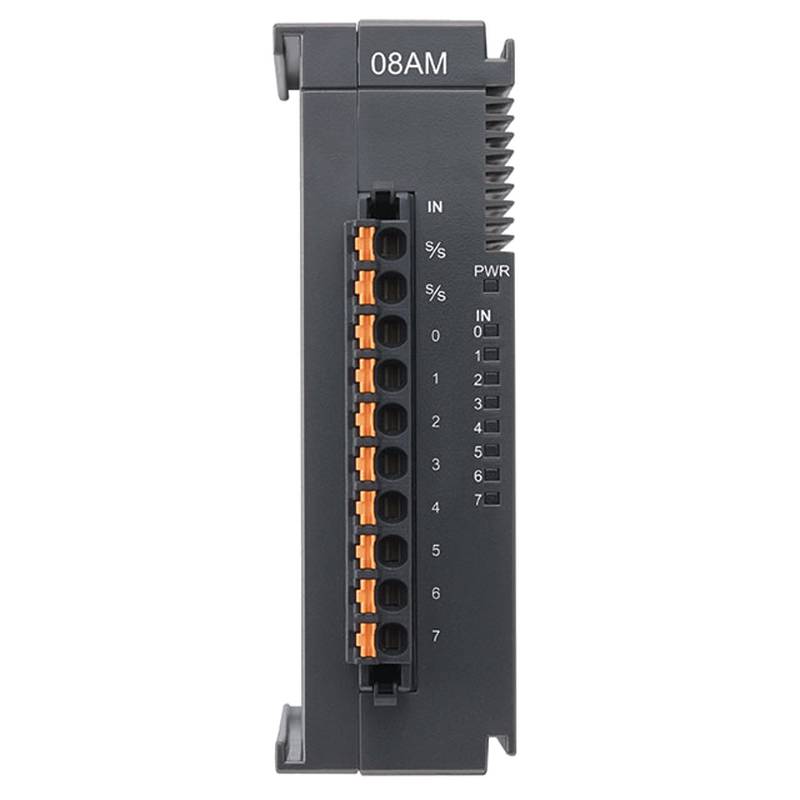
The Siemens 3RW5516-1HA14 stands as a premier high-performance AC motor soft starter, engineered for demanding industrial applications where precise motor control and robust protection are paramount. This advanced soft starter delivers exceptional performance with a rated current of 32A and a power capacity of 15kW, offering a sophisticated solution for reducing mechanical stress and electrical wear during motor startup and shutdown. Its integrated bypass, advanced overload protection, and comprehensive communication capabilities position it as a leading choice for optimizing motor efficiency and extending equipment lifespan in critical industrial processes.
Product Specifications
| Feature | Specification |
| :--------------------- | :--------------------------------------------- |
| Product Type | High Performance AC Motor Soft Starter |
| Model Number | 3RW5516-1HA14 |
| Rated Operational Current (Ie) | 32 A |
| Rated Power (P) @ 400V | 15 kW |
| Input Voltage Range | 200-480 V AC |
| Control Voltage | 24 V DC |
| Starting Torque Control | Yes |
| Integrated Bypass | Yes |
| Overload Protection | Electronic, Class 10 to 30 |
| Communication Interface | PROFINET/PROFIBUS (optional) |
| Ambient Temperature | -25 to +60 °C |
| Protection Rating | IP20 |
| Dimensions (H x W x D) | 255 x 140 x 197 mm |
Core Features & Market Positioning
The Siemens 3RW5516-1HA14 distinguishes itself through its sophisticated control algorithms and integrated bypass functionality, which significantly reduces energy consumption and heat generation during operation. This inherently leads to a more efficient and reliable motor system compared to traditional star-delta starters or direct-on-line methods. The advanced overload protection, adjustable from Class 10 to Class 30, ensures comprehensive safeguarding against thermal stress, preventing premature motor failure and minimizing costly downtime. Furthermore, its robust design and Siemens' reputation for industrial automation excellence firmly position the 3RW5516-1HA14 as a high-value, reliable solution in competitive markets demanding superior motor control and protection.
Key Application Scenarios
This high-performance soft starter is ideally suited for a wide array of industrial applications where smooth motor acceleration and deceleration are critical. It excels in pump control, managing water hammer effects and reducing stress on piping systems. In fan applications, it ensures gradual speed increase, minimizing airflow surges and mechanical strain on fan components. Conveyor systems benefit from controlled starting to prevent product slippage and damage, while compressors achieve smoother starts, reducing peak electrical demand. The 3RW5516-1HA14 is also a robust choice for mixers, crushers, and general machinery requiring precise motor control to optimize operational efficiency and extend equipment lifespan.
Practical System Integration Guidance
Integrating the Siemens 3RW5516-1HA14 into an industrial control system is streamlined by its clear terminal layout and modular design. Power connections for the motor and supply line are clearly marked, and the integrated bypass contactor eliminates the need for external components, simplifying wiring and reducing panel space. For advanced control and monitoring, optional communication modules for PROFINET or PROFIBUS enable seamless integration with Siemens' SIMATIC PLCs and other industrial networks. Initial parameterization can be performed directly via the device's keypad and display, allowing for setting acceleration/deceleration times, current limits, and overload class. For complex setups, Siemens TIA Portal software provides comprehensive tools for configuration, diagnostics, and remote management.
Operation and Risk Mitigation
Safe operation of the 3RW5516-1HA14 hinges on adhering to proper installation guidelines and understanding its protective functions. The device features electronic overload protection that continuously monitors motor current, tripping the starter and alerting the operator to potential thermal overloads. Diagnostic LEDs on the front panel provide immediate visual feedback on the starter's status and fault conditions. Common troubleshooting involves checking supply voltage, motor connections, and ensuring parameters are correctly set for the specific motor. Referencing the device's manual for specific error codes, such as "Overload" or "Phase Failure," is crucial for efficient problem resolution and preventing potential damage to the motor or connected machinery.
Scalability & Long-Term Value
The Siemens 3RW5516-1HA14 offers significant long-term value through its scalability and compatibility with evolving industrial automation landscapes. Its ability to integrate with common industrial communication protocols like PROFINET and PROFIBUS allows for seamless connection to modern control systems and the Siemens Industrial Edge for enhanced data acquisition and IIoT integration. This facilitates predictive maintenance strategies and remote performance monitoring. While direct firmware upgrades might be limited, the inherent robustness and advanced features ensure a long operational life. Moreover, its precise motor control capabilities contribute to energy savings and reduced wear, offering a clear return on investment over the equipment's lifespan.
Frequently Asked Questions
1. What is the primary function of the Siemens 3RW5516-1HA14?
This soft starter manages motor acceleration and deceleration. It reduces mechanical stress on machinery during startup. It also minimizes electrical inrush current to protect the power supply.
It provides adjustable start-up ramps and torque control. This allows for precise motor speed adjustments. It prevents sudden jolts, preserving equipment integrity and product quality.
The device also incorporates protective functions. It guards against overloads and phase imbalances. This enhances operational safety and equipment longevity.
2. How does the integrated bypass feature benefit users?
The integrated bypass contactor reduces energy loss during normal operation. It bypasses the power electronics once the motor reaches full speed. This minimizes heat generation within the starter.
By reducing heat, it improves overall system efficiency. It also extends the lifespan of the soft starter components. This leads to lower operating costs and less maintenance.
This feature simplifies panel design. It eliminates the need for external bypass contactors. This saves space and reduces installation complexity.
3. What are the key communication capabilities of the 3RW5516-1HA14?
Optional communication modules enable PROFINET and PROFIBUS integration. This allows for seamless connectivity with Siemens PLCs. It facilitates remote control and diagnostics.
Users can monitor motor status and starter parameters. This data can be used for process optimization. It supports advanced automation and IIoT applications.
The communication interface simplifies integration into larger SCADA systems. It enables centralized monitoring and management of motor drives. This enhances overall system visibility.
4. What types of industrial applications is this soft starter suitable for?
It is ideal for pump and fan applications. It effectively controls water hammer and airflow surges. It reduces stress on connected piping and fan components.
Conveyor systems benefit from controlled starts. This prevents product damage and ensures smooth material flow. It is also excellent for mixers and crushers.
Essentially, any application requiring smooth motor ramp-up or down is a good fit. It optimizes performance for a wide range of industrial machinery.
5. How is the overload protection configured on the 3RW5516-1HA14?
Overload protection is electronically adjustable. It offers a range from Class 10 to Class 30. This allows tailoring protection to specific motor thermal characteristics.
Users can set precise current limits and trip times. This prevents motor overheating and premature failure. It ensures reliable operation under varying loads.
The device provides clear fault indications. This helps in rapid troubleshooting of overload events. It enhances system uptime and operational safety.
6. What is the recommended ambient operating temperature range?
The soft starter is designed to operate reliably within a broad temperature range. It can function effectively in temperatures from -25°C to +60°C. This makes it suitable for harsh industrial environments.
Proper ventilation within the control panel is still recommended. This ensures optimal performance and longevity, especially at the higher end of the range. Always consult the manual for specific derating information.
Extreme temperatures can affect electronic component lifespan. Adhering to the specified range minimizes risks and ensures consistent operation.
7. Can this soft starter be used with motors of different voltages?
Yes, the 3RW5516-1HA14 supports a wide input voltage range. It is compatible with AC supply voltages from 200V up to 480V. This provides flexibility for various power systems.
Always ensure the motor's nameplate voltage matches the supply voltage. Correct voltage settings are critical for safe and efficient operation. Verify compatibility before installation.
The control voltage is a separate 24V DC supply. This ensures consistent and reliable control signal operation.
8. What are the advantages of using a soft starter over a direct-on-line (DOL) starter?
Soft starters significantly reduce the high inrush current associated with DOL starting. This protects the electrical supply system from voltage dips and surges. It also reduces wear on motor windings.
They provide controlled acceleration, which is gentler on mechanical components. This includes gearboxes, belts, and couplings. It minimizes shock loads and vibration.
Soft starters offer adjustable parameters for optimized start-up. This leads to better process control and improved energy efficiency compared to DOL.
9. How do I install and wire the Siemens 3RW5516-1HA14?
Mount the starter vertically in a control panel. Ensure adequate ventilation around the unit. Connect the main power supply to the line terminals.
Wire the motor leads to the load terminals. Connect the 24V DC control power to the designated terminals. Ensure all connections are secure and comply with local electrical codes.
Refer to the wiring diagram in the product manual for specific terminal assignments. Double-check all connections before applying power to prevent damage.
10. What are some common troubleshooting steps for this soft starter?
First, check the incoming power supply voltage. Ensure it falls within the operational range. Verify that the control voltage (24V DC) is present.
Inspect all motor and power wiring connections for looseness or damage. Ensure the motor is correctly connected to the starter's output terminals. Check for any tripped external circuit breakers or fuses.
Review the starter's display for any fault codes. Consult the user manual to interpret these codes. Common faults include overload, phase loss, or internal faults, each requiring specific diagnostic steps.

























